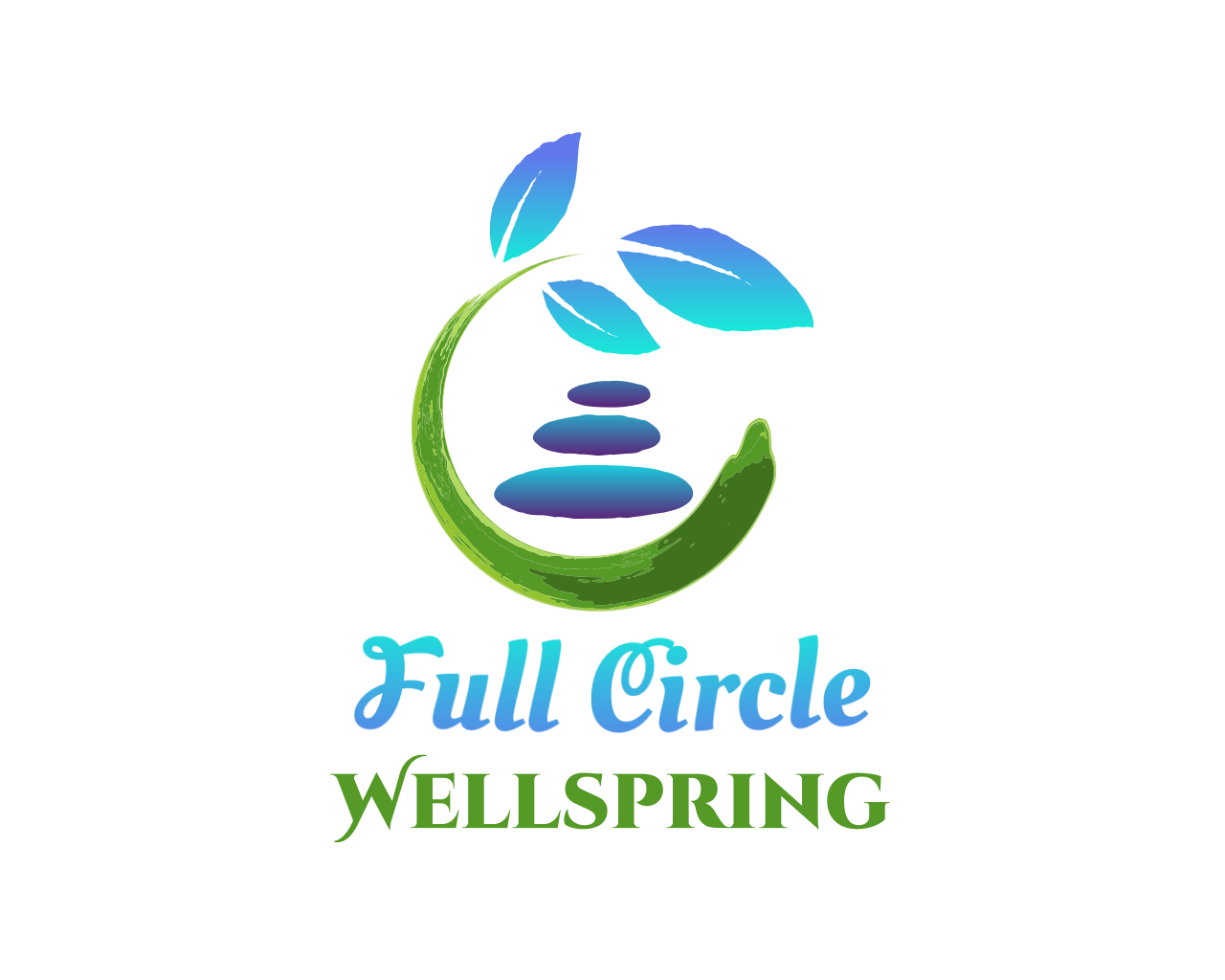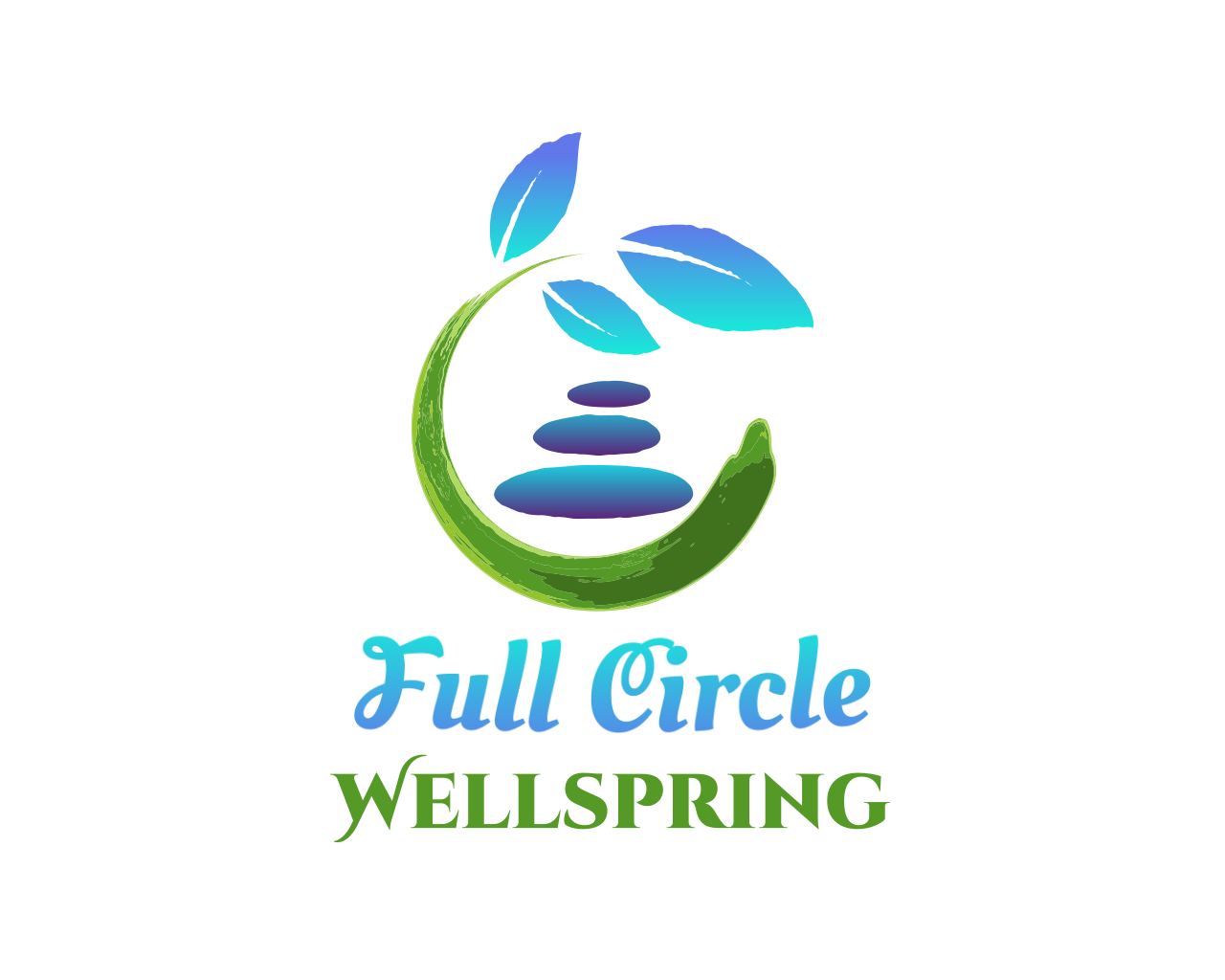Full Circle Fridays (ARCHIVES):
Trauma causes a disruption in our neuro pathways and can halt survivors from staying connected to themselves, others, and the world around them. They can abandon/exile parts of themselves behind a wall of shame and fear. Each Full Circle Friday post was geared toward learning about outside resources, adjunctive services, modalities, recommendations, etc for the trauma survivor to grow their toolbox for recovery.
For more (NEW) content (or to listen to these archived episodes) - check out the Podcast or the YouTube channel! Follow/subscribe so you never miss content!
Full Circle Fridays|Week 24: eXposure Therapy
Author Note: If you prefer to listen or watch instead of or along with -
Check out the YouTube video and/or the Podcast audio.
Exposure Therapy is a type of behavioral therapy used to help people with fears and anxieties confront them in a safe setting through specific techniques aimed at reducing avoidance. The concept of exposure therapy started many decades ago and therefore has evolved a bit over time as we know more and more about human behavior and the brain. Those who suffer from phobias, fears, OCD, panic attacks, PTSD, general or social anxiety, and general distress may find help with someone trained in utilizing exposure therapy as an intervention.
The main ways exposure therapy is thought to be helpful is: habituation (repeating exposure to decrease fears over time), emotional processing (exploring why you have the phobia or anxiety surrounding the object or place or person and learning to shift your beliefs about it), self-efficacy (learning that you are capable of facing your own fears), and extinction (unlearning fearful or anxiety-inducing associations that have developed surrounding the phobia or anxiety by exposing your brain to it while in a safe environment).
The various techniques or strategies used are: in vivo exposure (facing the fear directly, head-on), virtual reality exposure (using VR to face a fear indirectly), interoceptive exposure (bringing on feared physical sensations to show your mind that they are harmless), and imaginal exposure (walking through a vivid visualization of the feared object, person, place, or activity).
The pacing of your exposure is specific to the condition and the client. To decide this, the therapist and client design a fear hierarchy listing out all fears and anxieties and grading them on a scale of severity. The pace may be: graded (beginning with the mildest to most difficult fears), flooding (starting with the most extreme fear or anxiety especially if it is hindering you from normal day to day life), and systematic desensitization (combining relaxation techniques such as breathing and meditation with the exposure to help your system stay more calm).
From what I’ve read, exposure therapy can be quite difficult and very uncomfortable. Clients of this type of modality should be aware that this takes time — first to build safety with the therapist and the environment and then to achieve the goals of the therapy. You must have a safe and highly supported space with your therapist so that this works the best. Your brain needs to feel secure and calm before and after it gets exposed to what it fears. This is part of the retraining process, to teach the nervous system that the feared object or situation is actually safe. You should also note that the activity or situation cannot be perfectly mocked in the therapist’s office, so the real-life fearful situation or association will feel and seem different. Repeated exposures clinically must build a solid foundation of safety for when you do encounter your fear in real life.
I have not personally used exposure therapy as it doesn’t fit my symptoms and conditions. Please consult with a trained professional.
As a personal aside (and I know I mention this a lot in episodes), I have to share something coming from my heart. I am speaking about this as a type of modality to bring awareness and education; however, I truly don’t know how I feel about this therapy. So I’m just adding in my two cents here because I know from IFS that fears and phobias and anxiety are just really strong Protectors. I have learned through IFS that our Protectors have good intention in the work that they do to keep us safe, and they should be respected and heard. Through working with Protectors and listening to what they are protecting you from, you can gain insight into actual deep healing of the wounds, traumas, exiles, and inner children that they are trying to keep us safe from. I am not a therapist, so please just take my words for what they are. I just felt led to add to this episode about this — that going into your inner realm and listening to what your fears have to say with an IFS-informed or IFS-trained coach or therapist may be a more long-term and true healing option. I don’t say this because I happen to be an IFS-informed coach. I say this because I have seen authentic healing and change from deep within myself via this modality and with my clients as they navigate what their Protectors roles are and why. Perhaps this is similar to the emotional processing technique of exposure therapy, so feel free to explore more on your own or with your support team.
In conclusion, please do the research for yourself before exploring any modality on this podcast, including IFS. If you have questions or would like to try some sessions of IFS, feel free to reach out. Also, if you’d like help finding an exposure modality qualified therapist, I would love to help you resource yourself. Robert Frost said, “The only way out is through.” I take that to mean walking through your inner being and healing the hurt — whether that means self-therapy, exposure therapy, inner child healing, or whatever you choose. Dan Millman said, “You don’t have to control your thoughts. You just have to stop letting them control you.” While exposure therapy may do that, so will Self-Leadership in the IFS model. I’ll leave you with that. Be well and keep on keeping on, Survivors. You are amazing.
Full Circle Fridays|Week 9: I.F.S.
Author Note* If you prefer to listen or watch instead of or along with -
Check out the YouTube video and/or the Podcast audio.
Straight from the IFS Institute itself, “Internal Family Systems is a powerfully transformative, evidence-based model of psychotherapy… IFS is a movement. A new, empowering paradigm for understanding and harmonizing the mind and, thereby, larger human systems. One that can help people heal and helps the world become a more compassionate place.” IFS was developed by Dr. Richard Schwartz just a few decades ago. In that short time, this model of therapy has revolutionized the lives of many trauma survivors. The basis of this model comes from the belief that all parts within each human have a positive purpose and intention, no matter the way they present to the human and the world as a whole. Before we go any further, let’s discuss what I just meant by “all the parts”.
Firstly, IFS identifies the Self as a whole, healed person. Your true Self, that authentic Self that I’m always going on and on about. The Self is not the watcher or observer the way that some meditation-based models explain it. The Self is the one who the watcher watches. The Self, the Seat of Consciousness as you may know it, is you. You can know you are operating as a Self-led being when you are experiencing the 8 C’s that IFS uses: confidence, calmness, creativity, clarity, curiosity, courage, compassion, and connectedness. When those 8 C’s are harmonized and working together, you would say you in your true Self. This is often described as feeling “Centered” — which is probably one of my favorite C words.
Next, the parts come into play. The IFS model is often called “parts work” when you are doing therapy literally working with your parts.
The Exiles are the (often) child-aged parts that have been isolated from the system due to trauma or abuse, which are shunned, shamed, feared, or guilted into exile. Exiles are the parts that are least heard, but that are one who want to be heard the most. Because Exiles are traumatized and often silenced or invisible, they can be hard to find. Once found, they can be hard to communicate with. However, the Exiles are what IFS intends to root out, listen to, and heal.
The Protectors jobs are all attempts to keep the Exiles from being seen because they hold so much shame and fear and guilt so that the Protectors feel they are a threat to entire system. The Protectors come in two forms: Managers and Firefighters.
Managers are a proactive role — the ones who like to keep the system in order. They are protecting the system from ever getting out of control — at work, in relationships, in stressful situations, anywhere. The Managers’ jobs are to keep the system from being hurt, rejected, or shamed anymore. This can come in the form of caretaking, overworking, drill sergeant like task management, overachieving, overanalyzing, strict preparing, constant planning, worrying, complicating relationships and events with overthinking, and drastic protective measures, etc.
Firefighters are the reactive parts that, when an Exile gets triggered, it lashes out in an attempt to put out the fire of feeling the Exile’s (often strong) emotions. This looks like self-destructive behavior, risky choices, self-harm, suicidal ideation, binge-eating, drug and alcohol addictions, any number of numbing behaviors, and more.
Both protectors are working to control the system from the Exile being activated, they just approach with different techniques. Both protectors believe they are doing what they can to attend to the Exiles, and to keep the system safe and healthy. This is why IFS believes that all parts of a person are intended for good, no matter the outcome of their protective style. Even the parts that seem self-punitive are honestly self-protecting. This shift in thinking allows you to befriend your parts, hear them, be gentle and kind to them, and work toward a resolution instead of striving to just “stop doing the negative behavior” associated with each part’s role.
This is why I personally believe that all healing is always possible because the system is always trying to keep the true Self functioning. Along the way, you have learned coping skills — some protectors that have been around since the very first instance of abuse as a child — to keep you safe. They did serve a purpose. As a child, if you couldn’t leave your dysfunctional home and the only solace you found was in binge-eating junk food, that mechanism allowed you to survive in the home until you could leave. That’s why it’s no longer serving you now, why you can appreciate its role in your life then, and why you can heal that part (the binge-eating protector AND the exiled scared inner child who used the binge-eating to survive). You can indeed heal through inner child work, re-parent yourself now, heal your exiles (which are often very young versions of yourself), and make a full circle recovery back to your true, centered Self. IFS can help you rebuild your intrapersonal bridge within yourself, repair your self-trust, and reunite with your self-abandoned dreams and goals like we spoke on a few weeks ago.
Recently, I recommended Dr. Schwartz’ book No Bad Parts in my episode called ‘Books’. I personally have been self-studying parts work for a few years and have entered into the self-exploration of my own inner child healing since the Pandemic. I am working on joining an IFS circle training this spring. I am not trained as IFS-certified, however, I do use a lot of this language in my coaching sessions. If you had developmental trauma, IFS is impactful and healing down to the roots of your original traumas.
Because I’m not clinically trained in this modality, I’m going to encourage you on a couple of things. Firstly, read No Bad Parts to get a better grasp beyond this quick synopsis that I just shared with you. This was a very incomplete quick overview. Keep learning and even try some of the self-therapy exercises in the book.
Next, think about whether you are at a place in your trauma recovery journey where you believe IFS Therapy would be a good step for you. Whatever you decide, coaching is always an option for you. However, I don’t plug IFS just to plug my own coaching services. I honestly want you to find healing, and I know the IFS model process can help. Please send me a message on the “Connect” tab of my website if you are not able to find an IFS therapist, are placed on long wait lists, or are struggling to know if IFS is right for you. I will help you with any resources I can offer. Even being coached with this type of language while I work on my own training can be helpful for you especially if you have read Schwartz’ books on this topic and are able to flesh out the basic concepts. I can help you go a bit deeper while you wait for a trained therapist’s help as well. Healing the inner child is work that will literally change the trajectory of your adulthood from here on out. I look forward to walking this journey with you.


